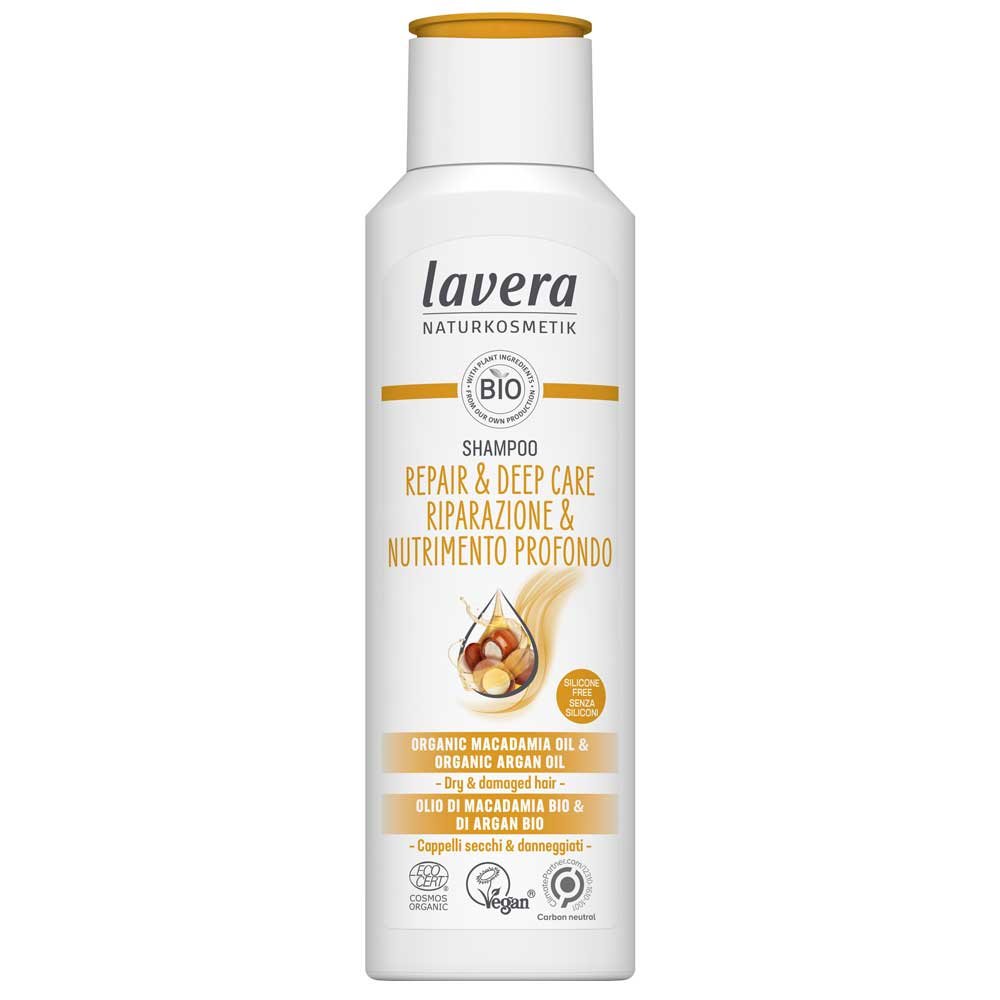Dry damaged hair
To get to the bottom of dry hair, you should take a closer look at the hair: The fibre trunk of the hair, also known as the “cortex”, consists mainly of keratin and makes up 80% of the hair. The hair is surrounded by a so-called cuticle, which consists of fine, keratinised cells that are layered like roof tiles.
Features: This is what dry damaged hair looks like
Imagine the structure at the tip of your hair, like that of a pine cone. This outer layer offers the inside of the hair mechanical and chemical protection against external influences such as combing, UV radiation and the use of hair clips.
With dry and damaged hair, this cuticle is permanently roughened. Chemical colouring, especially bleaching, and permanent waves attack the cuticle and roughen it up. Once it has been attacked, it is difficult to close it again and the care ingredients can no longer be held in the hair. That's why we have put together a few tips for hair care for dry and damaged hair.
4 care tips for dry, damaged hair
Going to the hairdresser regularly is particularly important here. You should not only turn to a professional for colouring, but also for regular trimming of the tips. Cutting your hair in particular can help your hair stay split-free longer and regenerate better.
You should definitely avoid heat. In order to keep your hair, scalp and skin from drying out in general, you should refrain from using a hot blow dryer or using a straightening iron - not only when showering, but also when styling your hair.
Conditioner is always a good idea for dry and damaged hair. Do not just apply one of our conditioners to the tips, but work the conditioner into all of your hair. Even if you should still skip the approach.
At the end of each hair wash, you can rinse your hair again with cold water, because this process smooths the hair surface and gives it a natural shine. Since the outer cuticle is closed or narrowed, the hair also looks less stressed.





